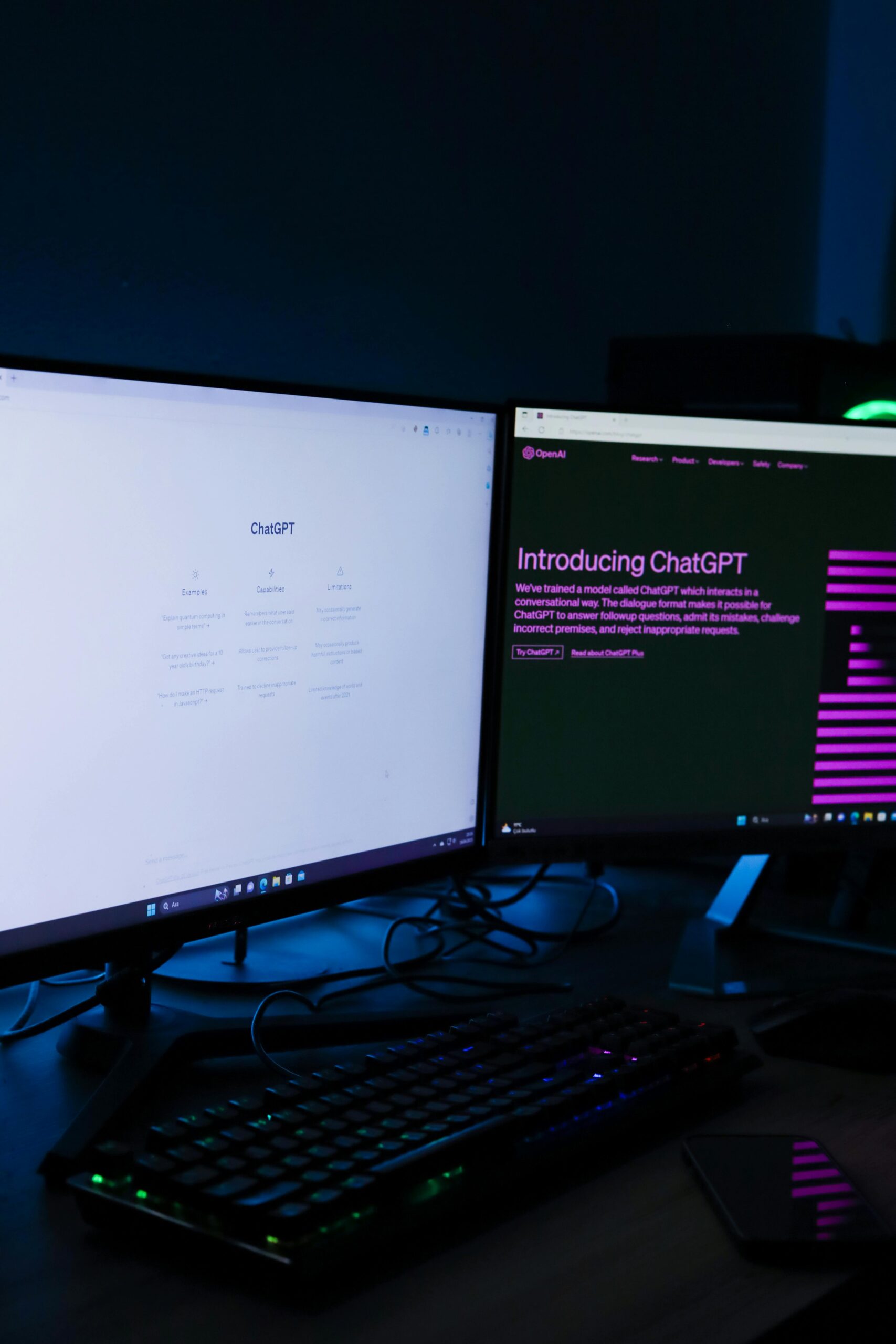
By Tara Jones
When I started college, my field of study was called Print Journalism. Just three years later, when it was time for my class to graduate, the degree had been changed to Multimedia Journalism.
The newspaper I worked on during college is no longer just the school newspaper. They’ve now combined forces with the campus TV station and radio station to form one large media group.
Since the “print” students were always competing against our TV and radio counterparts, it was odd at first to see all of those students being forced to work together. But, the more I worked in newsrooms after graduation, the more I realized just how smart that merger was.
FREE GUIDE
Download Your Guide to Pitching Branded Content"*" indicates required fields
This was our school’s way of positioning its students better right out of the gates, showing future employers we have been trained in a variety of mediums in journalism. And, little did I know, that kind of partnership would come into play heavily just years later in my very own career.
Reporters always want to bring the best stories to their readers, and in today’s world, that includes more than just words on a page or a screen. That includes photos, sound bites, video, maybe even a live stream or producing a reel. But, those multimedia aspects of storytelling can be very daunting – and very much unknown – to your average local reporter.
That’s where partnerships can come into play.
A year after launching a digital news site, I was approached by a regional TV station to partner to produce hyper-local content. This included a weekly tv segment where I was recapping the news from our area for their viewers.
Not only was this a great way for us to expand our reach geographically, but it was also a great way for us to reach a whole new audience because, let’s face it, print media, TV and radio can all have vastly different audiences.
What I hadn’t realized was how much of an opportunity this was to advance our storytelling abilities. Now, we had a partner who was able to add a new element that we had yet gotten much into: video.
When newspapers and TV stations work together, they can each bring their own elements together to create a more engaging story. Instead of doing just a story on a new business in town, the package becomes a story that can include on-camera interviews and a walk through the restaurant’s dining room and kitchen. That package can then be shared both with the newspaper’s audience and the TV station’s audience, providing a much wider reach than either could do on their own.
Additionally, by working closely with other journalists with specialties in other mediums, you can learn from one another.
When I started working more closely with TV stations and made connections with other reporters in the broadcast field, I learned more about how to set up a good shot, what equipment is needed to produce high quality video and audio and some other tricks that then gave me more confidence and knowledge to set up my own video opportunities on other stories.
More and more, broadcast reporters are also tasked with writing web stories to accompany their packages. Stations are looking for reporters to go beyond just posting their script and creating a unique story that adds to the overall package, in which I was able to help with and give pointers on how to elevate those web stories in return.
By breaking down the idea that media is “print vs. TV,” not only were we able to become better journalists, but we were able to share more well-rounded stories to educate or entertain our audiences further.

Creating a Print-TV partnership
Here are steps you can take to create a winning TV-print partnership
1. Establish where you can help each other
If the print newspaper has expertise in a specific area that the TV station does not (a topic, a geography), have the print reporter on air to talk about those areas in regular segments.
If the newspaper would benefit from video content, agree on the kinds of topics that the TV station creates that would be a good fit for the newspaper to receive and how to provide that asset to the paper.
2. Teach each other
If the TV station could benefit from lessons in web story formats, tools and distribution, have the newspaper lead a training session in those areas. If the newspaper wants to get more into video, establish a session where they can learn from videographers on how to develop those skills.
3. Promote each other
If you run weather in print or online, see if you can use the TV station’s forecast and brand the page around their meteorologists. And the TV station could use their morning show — when they have lots of time to fill — to promote three stories that the newspaper has that day with a QR code to find them.
4. Share your daily coverage plans
Especially if you are in the same city (not just region), share what you’re working on each day. If there is an agreement to share your content with each other (or your assets), this is a good way to be able to plan and not duplicate efforts.
5. Work on a big project
Identify a story once a quarter you can work together on, taking advantage of what you both do well. This shared effort could include reporting, creating video and graphics and a common plan on how you would promote the fact that you created the content together.
We'd love to help your organization! Fill out the form below to get started.
Recent Posts

Advertisers love these engaging newsletter units

These GPTs will elevate your content & revenue

How and why your SEO strategy should evolve

Here’s how to make editor and publisher letters more useful for your audience

David Arkin Consulting welcomes Olivia Sims as content writer
Case Studies

How this unique coaching program taught a reporter the digital skills she needs for the future

How branded content sales exploded for this newspaper in New York

How a TV station in South Dakota significantly grew its traffic through Stacker’s news wire

How these changes helped this newspaper’s coverage of a limo trial skyrocket to the top of Google search result pages

